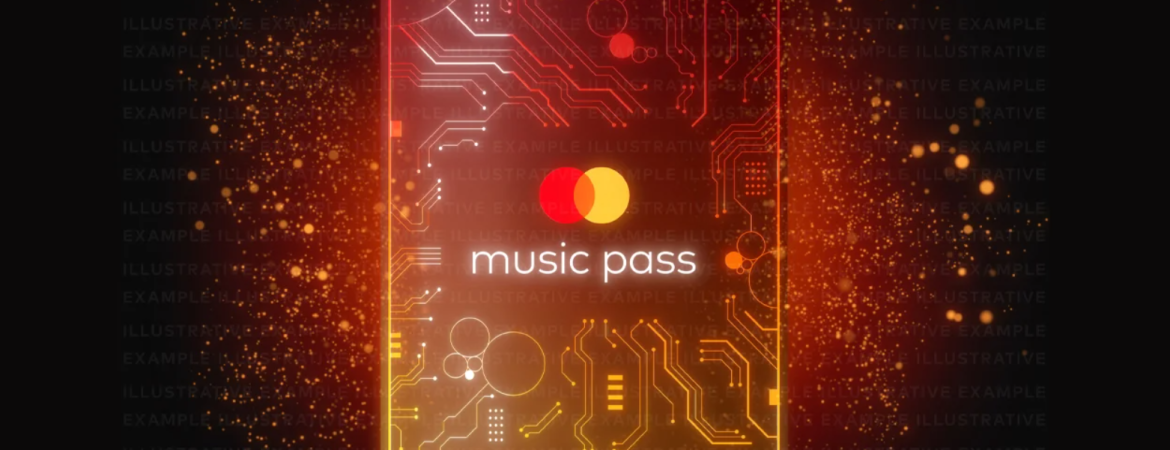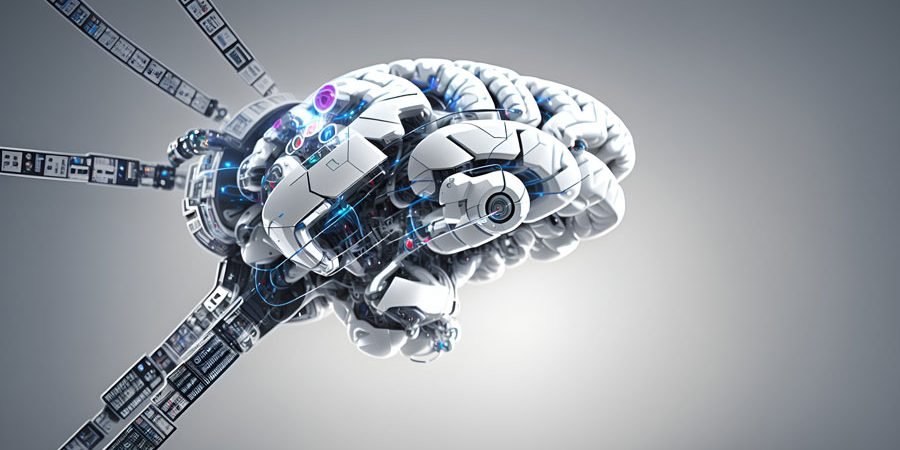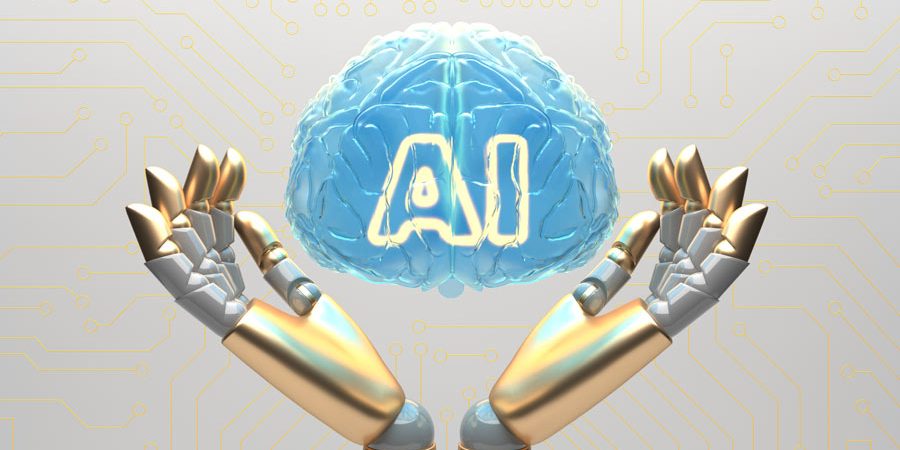How to Make Passive Income from NFTs: A Beginner’s Guide
What Are NFTs? NFTs, or non-fungible tokens, are unique digital assets that are based on blockchain technology. They can include anything from music, videos, and memes to artworks. Unlike fungible tokens, NFTs cannot be exchanged for another and retain their full ownership. Their uniqueness has attracted many people looking to make passive income from them. There are several ways you can make passive income from NFTs, such as renting them out, staking them, earning royalties, or lending them. However, since NFTs are highly volatile, it is essential to understand the risks involved in each method before getting involved. How to Rent Out NFTs for Passive Income One way to generate passive income from NFTs is by renting them out. To do this, you must list your asset on an NFT marketplace and set the negotiation terms, such as the lease rate and rent duration, as permitted on your smart contract or the platform you are on. Some smart contracts may also require a borrower to provide collateral before entering an agreement. NFTs with multiple use cases have more long-term profit potential than those applicable for just one purpose. Staking NFTs for Rewards: How It Works Another way to earn passive income is by staking NFTs, which requires locking your non-fungible token into an NFT staking platform to gain certain rewards. The reward for the staked NFT depends on the length of the staking period, the platform’s daily or weekly rate, and the number of NFTs staked. To begin staking, you will need a wallet to receive the reward and connect it to the platform you intend to use. Earn NFT Royalties as an Artist or Content Creator If you are an artist or content creator, you may want to know more about NFT royalties, which are the fees or percentages given to content creators each time their works are resold on NFT marketplaces. To earn NFT royalties, you need to get your work minted and register your digital asset on a blockchain network. You can set the percentage you want as interest at every secondary sale. Once your work is resold, the particular fees you’ve stipulated will be allotted to you as royalties. NFT Lending: Put Your Assets to Work Finally, you can also earn passive income by lending NFTs. Some platforms enable NFT owners to submit their assets to get loans from lenders who receive interest as rewards during the loaning period. The lending process puts you in a position where you give loans to other users, and the borrowers must present their NFTs as collateral to access the loans. The value of the NFT used as collateral will also be assessed by checking its prior performance and other factors.While there are many ways to earn passive income from NFTs, it is essential to be aware of the risks involved. NFTs are highly volatile, and their prices can fluctuate rapidly. Therefore, there is no guarantee that the NFT you are involved in will maintain its value over time. Before getting involved, it is crucial to understand the risks involved in each method and do your research.




















